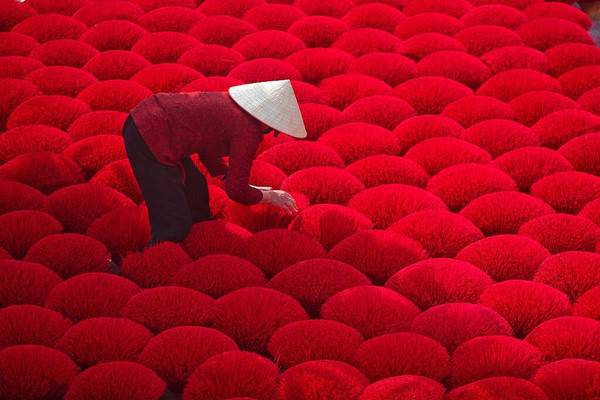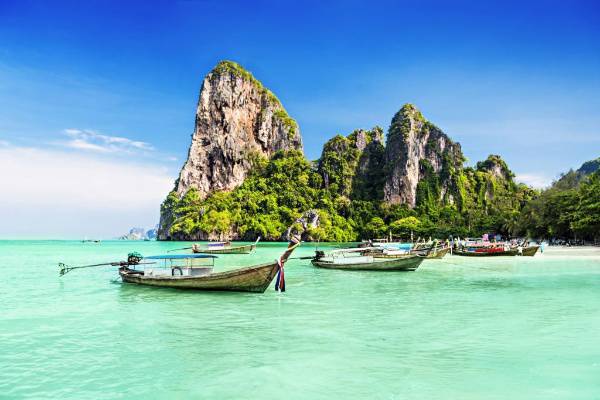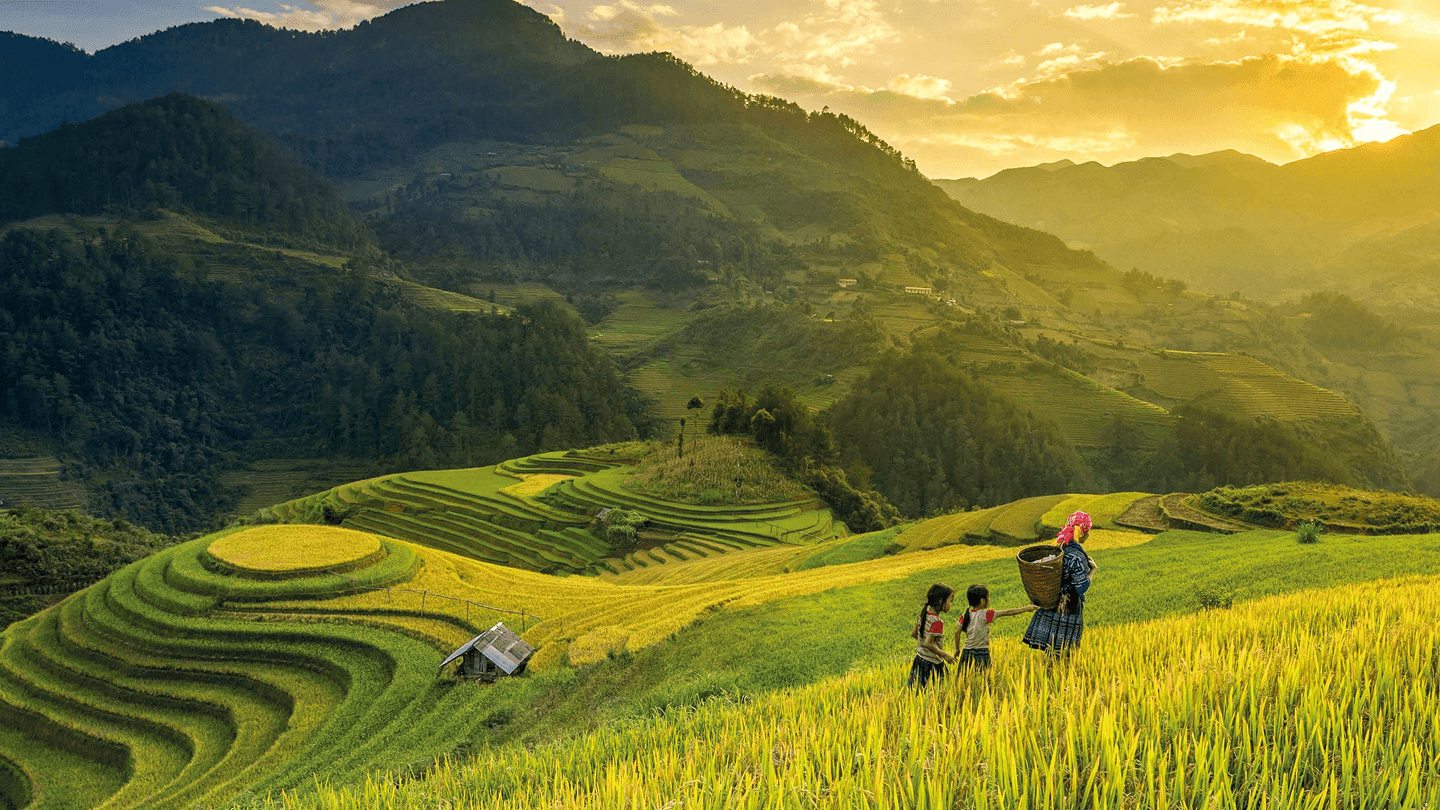Travel tips to Laos
Before visiting Laos, it’s essential to familiarize yourself with the country’s customs, transportation choices, and weather conditions to ensure a seamless and pleasant journey. Here are some helpful tips to keep in mind.
CURRENCIES
The national currency of Laos is the Kip (LAK).
While ATMs were scarce for many years, they can now be easily found in major cities. There is also no problem exchanging American Express traveler’s checks at banks in Vientiane or Luang Prabang.
As of 2017, $1 equals approximately 8,200 kip, and €1 equals about 8,700 kip.
DO AND DON’T
-
To greet someone, say “sabai-dee” (hello) with a smile.
-
Men should avoid being topless. Bermuda shorts are acceptable, but trousers are preferred. For women, shorts or miniskirts should be avoided, and long skirts or pants are recommended.
-
Do not attempt to imitate local customs or dress in the country’s fashion. Also, refrain from eating with your fingers or chopsticks if you’re not familiar with the proper way.
-
Women should not touch monks. If you wish to make an offering, place it on a tray or table.
RELIGIONS
Buddhism
The dominant religion in Laos is Theravada Buddhism, also known as "Little Vehicle" or Hinayana, practiced by nearly 67% of the population. This form of Buddhism took root in Laos between the 14th and 17th centuries.
Buddhism plays a significant role in the spiritual life of the Laotian people. Buddha statues are found almost everywhere in Laos: in temples, pagodas, on mountains, hills, in forests, and caves. The bright saffron robes of Buddhist monks are a common sight, especially in Luang Prabang.
Based on the four noble truths taught by Siddhartha Gautama in the 6th century BC, Lao Buddhists believe in reincarnation, with the ultimate goal of reaching nirvana (or nibbana) without further rebirth. Many Laotians believe that performing good deeds ensures salvation and earns merit (boun). Monks are highly respected, and their monastic life is central to Lao religious identity.
Animism and Ancestor Worship
An essential aspect of Lao religion is the coexistence of Buddhism with animist practices. All Laotians believe in phis (spirits), and each village, province, and the nation itself has its guardian spirits, called Lokapala. These spirits are so deeply ingrained in the culture that even Buddhism recognizes and celebrates them.
At night, these spirits are believed to take on animal forms. Even Laotians who have studied abroad maintain a belief in phis to varying degrees.
FESTIVALS
Laos is known for its many festivals, reflecting both national and regional celebrations. Most of these festivals are based on Theravada Buddhism. Below are some of the most notable traditional festivals in Laos:
Pi Mai New Year Festival (14-16 April)
Pi Mai is the traditional Lao New Year, celebrated in mid-April with various customs and rituals. Water is used to wash homes, Buddha images, monks, and to soak friends and passersby. Younger people pour water on their elders and monks to receive blessings for a long life and peace, and then water is thrown at each other.
Sand is brought to temples to form mounds or stupas, which are decorated and presented to the monks as a way of making merit. Animals such as tortoises, fish, and birds are often freed as part of the merit-making process.
Flowers are gathered to decorate Buddha images, and the festival is best experienced in Luang Prabang, where an elephant procession is a major highlight.
Marha Puha (Mid February)
This festival occurs on the full moon night of February to commemorate Buddha’s speech that attracted thousands of monks. It features a parade of candle-carrying worshippers, chanting, and making offerings in temples and pagodas across Laos.
Boun Bang Fai (Rocket Festival - May)
This festival takes place during the hottest and driest part of the year, with large homemade rockets launched into the sky to request rain from celestial beings. Originally made from hollow bamboo tubes filled with gunpowder, the rockets are now more like fireworks. The festival is celebrated on both sides of the Mekong River, with teams from Laos and Thailand often competing.
Boat Racing Festival (August)
Held in Luang Prabang from August 17-18, this festival includes boat races on the Nam Khane River and a trade fair in the city. People also visit local temples to make offerings to the deceased as part of the Khao Salak ceremony.
Pha That Luang Festival (Full Moon November)
Held at the That Luang Stupa in Vientiane, this festival involves hundreds of monks receiving alms and floral votives early in the morning. The celebration includes a colorful procession, fireworks, music, and culminates with a candlelit circumambulation of That Luang.




 English
English French
French Italian
Italian





 FR
FR 





